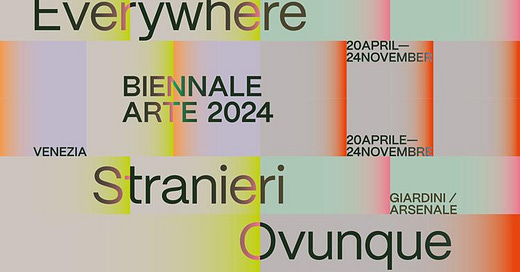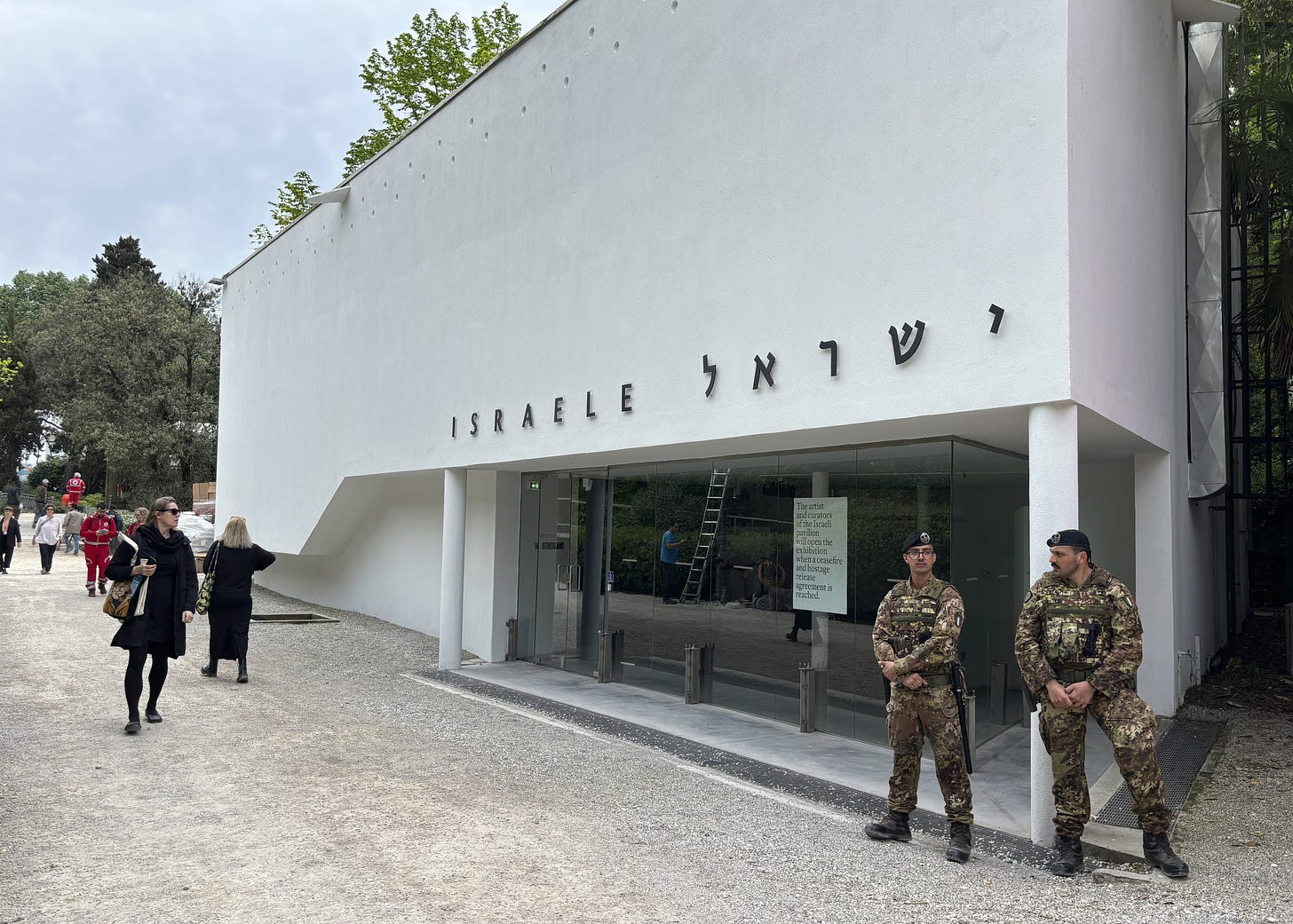The Venice Biennale opened on April 20th and will close on November 24th, which means that the next few months will be filled with lots of art chatter - this is basically the holiday season for someone like me! However, as much as I indulge in every edition of the exhibition (I even wrote my Bachelor thesis on it), I wanted to take a second to discuss the architectural makeup of the Venice Biennale, and the underlying subtext of the location of certain Pavilions.
The curation of this year’s edition is in the hands of Adrian Pedrosa, artistic director of the Museu de Arte de São Paulo Assis Chateaubriand – MASP in Brazil. The theme is Foreigners Everywhere (Stranieri Ovunque), inspired by a series of works from 2004 by the Claire Fontaine collective. The work consists of a series of neon sculptures that, in different languages, reproduce the words “strangers everywhere”, mirroring the name of a Turin-based collective from the early 2000s that fought against racism and homophobia in Italy.
Pedrosa stated that ‘strangers everywhere’ has a double meaning: on the one hand, wherever you go and travel to you will always find foreigners, on the other, no matter where you go and travel to you will always be a foreigner. The exhibition, then, revolves around the figure of the ‘outsider artist’, whoever they may be.
Echoing Cecilia Alemani’s 2022 Biennale The Milk of Dreams, which centered female and non-binary artists, this year’s edition spotlights
“artists who are themselves foreigners, immigrants, expatriates, diasporic, émigrés, exiled, or refugees—particularly those who have moved between the Global South and the Global North”.
Aside from the national participations, Pedrosa’s Biennale features an Historical and Contemporary nuclei, with works by artists from Latin America, Africa, the Arab World, and Asia and unfolds around the key subjects of migration and decolonization.
The Biennale's exploration of these themes is particularly poignant given its historical reliance on colonial narratives, which have influenced its topology since its establishment in 1895.
The exhibition is structured around national participation, which helps reaffirm a country’s national and cultural identity and provides curatorial independence on a global stage. And while this year’s edition includes 88 national attendances - with the Republic of Benin, Ethiopia, United Republic of Tanzania, Democratic Republic of Timor Leste, Nicaragua, Republic of Panama and Senegal participating for the first time - the structural fabric of the Biennale does not grant all participants equal access to space.
The national pavilions are located in one of three locations: the Giardini, the Arsenale, or in a rented space somewhere around Venice.
The permanent pavilions have their own building in situ at the Giardini. These are countries who regularly attend the Biennale, nations who used to be strong imperial or colonial powers, or emerged from post-war Europe. Examples are Great Britain, Spain, Germany, and the United States.
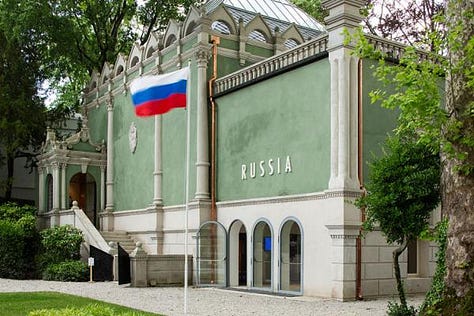
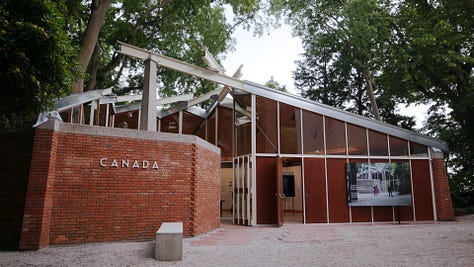
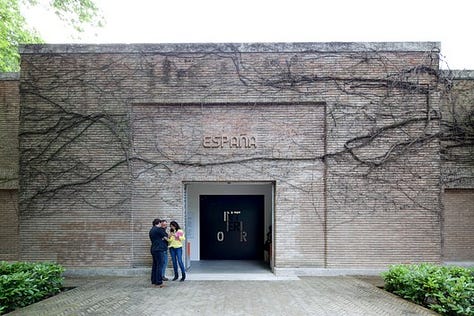
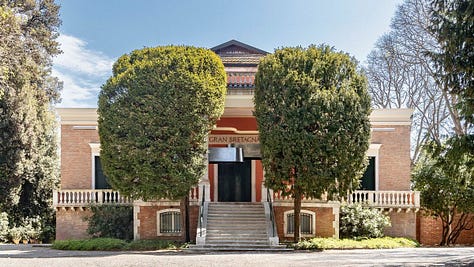
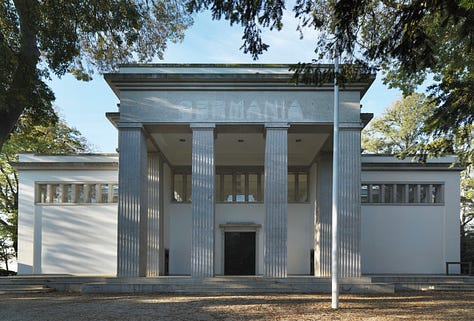
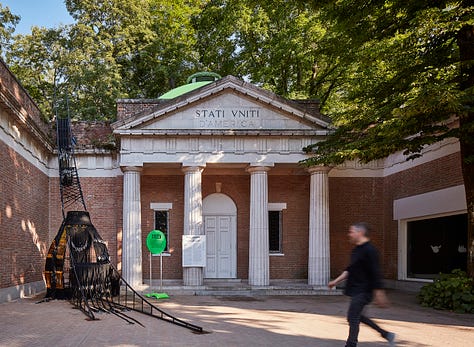
Semi-permanent member states such as Argentina, Ghana, and Indonesia exhibit at the Arsenale, close to the naval base, and their pavilions are less architecturally opulent than those in the Giardini. These are nations often marked by authoritarian regimes or periods of conflict, still being ‘tested’ by Western cultural institutions in establishing their position in the global art scene.
Lastly, nations whose, as described by political scholar Eliza Garnsey, “political activities make the permanent members uneasy” are classified as temporary members. They must reapply annually for participation and are restricted to renting out spaces around the city. Typically, these are nations that gained access to the Biennale after the mid 1950’s.
The Biennale, then, has a built-in hierarchy with certain venues affording greater exposure to some powers over others. On top of the aforementioned politically-guided attendance limitations, to construct its Pavilion in the Giardini a country must have access to significant financial resources, which can be an unattainable luxury for many.
Even just logistically, in the dizzying, chaotic, anxiety-inducing environment where the exhibition unfolds, visitors are more likely to stroll through the Giardini, where each pavilion is conveniently placed next to each other, rather than trek around the entire city of Venice looking for the other national participants. On top of that, a building, with stones and bricks and all, constitutes a permanent architecture. The space is perennially occupied, becoming an extension of past colonial and imperial practices.
In recent years, however, museums and cultural institutions are often being called to rethink their institutional positioning and Biennale critics argue that the makeup of pavilions is proof that Western capitalism has turned art into an asset through a process of absorption and containment. For example, artists, enthusiasts, and professionals have challenged the Biennale’s decision to allow Israel to retain its national participation - with its glistening pavilion in the Giardini - in light of the ongoing massacre in Gaza through an open letter shared by the group Art Not Genocide Alliance (ANGA). The institution has not considered the petition.
The Biennale then, remains contradictory in its essence and represents for many a dystopian playground where the sole existence of national pavilions reinforces the same power structures, tipping the scale in the direction of those Western nations it pretends to not privilege anymore.
But seeing as the curation and artistic participation of the last two editions has tested the institution's dogmatic agenda, when will this influence its geopolitics? I look forward to a future where the Biennale breaks away from its traditional topological categorization, no longer divided into either permanent or ephemeral.


